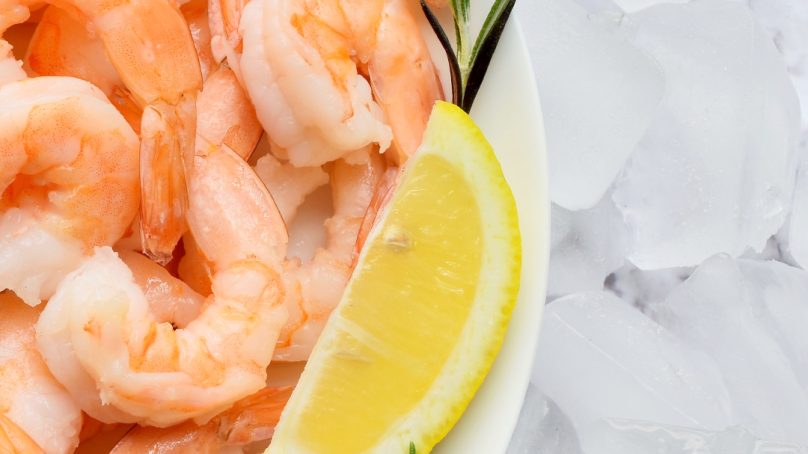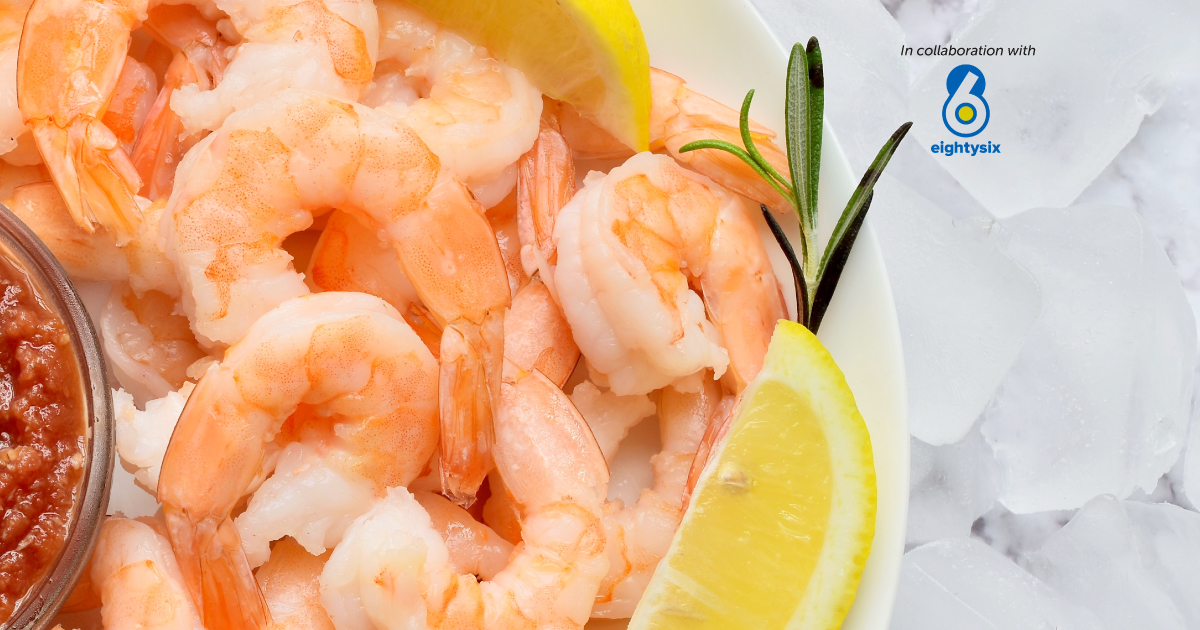

Seafood trends have garnered particular attention recently, especially among those with less-adventurous palates. Key factors, such as the relative value and affordability of seafood, nutritional benefits and overall trending popularity, have contributed to this phenomenon. The numbers speak for themselves; Straits Research valued the global seafood market at an estimated USD 160.2 billion in 2021 and has forecast that it will reach USD 207.2 billion by 2030, at a CAGR of 2.9 percent from 2022 to 2030.
Taking advantage of social media
We live in an era in which social media imagery and viral posts have a direct effect on what we perceive as “trending,’’ and this is especially true in dining. When Instagram first launched in 2010, it almost immediately spawned a sub niche of people — so-called “food bloggers” — who took images and documented their visually stunning meals. With the advent of greater video content, boomerangs and reels, this gradually evolved into a holistic documentation of meal preparation and the cooking process itself.
Today, recipes that have gone viral on TikTok have become so widespread and popular that a sizeable number of on-boarded viewers have either tried to prepare or have been enticed to try a new recipe they encountered on the video platform. Seafood chefs who use the platform to showcase their craft have become more creative with their offerings, which has, in turn, increased the demand for innovative seafood creations from consumers who use the platform. Furthermore, home chefs, without any formal training, now possess a visual medium where they can display their home-cooked seafood recipes that, in certain cases, yield viral success and an element of fame. Recipes like seafood boil ramen and ‘’traditional’’ seafood dishes, such as steamed Chinese fish prepared by actual natives, have all played a part in increasing the popularity of seafood options.
Protein matters
A vast number of people prioritize protein in their main course. While chicken and beef are always likely to be popular, their relative price in the market may be directly proportionate to the increased intake of seafood. In layman’s terms, a higher price in alternative proteins will trigger a greater number of consumers to shift to seafood. Customers are always seeking to maximize the perceived value of their meal versus how much they actually spend. In this respect, certain seafood options, which include an array of cuts of fish and shellfish, provide extremely economical choices while retaining high nutritional value. Canned fish like tuna, herring and mackerel offers an attractive option for consumers seeking a sure-fire high-quality protein that can be incorporated into a variety of dishes.
Salmon, tuna and shrimp top the list of most popular seafood. Salmon has grown in popularity due to its well-documented nutritional value as a good source of omega-3, linked to combating heart disease.
It can also be preserved and has a strong connection with several cultures including that of the Scandinavians, who have included salmon in their diets for centuries. Shrimp has seen a massive surge in its worldwide popularity for two reasons: its affordability and the perception that it is a luxury food item. The combination of these factors has given shrimp the unique market niche of being a cost-effective high-end food option.
In addition, the market for tuna has also grown, primarily due to its strong positioning and versatility. From high-end Toro red belly tuna in Japan to canned varieties, it is a product that enjoys strong demand. In terms of nutritional value, canned tuna provides a protein value of more than 40 grams. It can be stored for a very long period of time and is affordable in price.
The pandemic and beyond
Besides digital trends and relative pricing factors, certain external phenomena and global circumstances have also directly influenced the demand for seafood. A prime example of this is the effect that Covid-19 had on public perception toward nutritious food and its role in strengthening general health.
The pandemic caused a massive shift in customer awareness in terms of elements that promote good health and nutrition, and this has trickled down to consuming ‘’healthier’’ food options.
Greater consumer awareness has also spread to other key areas, such as seafood sustainability and responsible sourcing. Unsurprisingly, the perfect formula for restaurants seeking to source the best seafood comprises affordable pricing, consistent quality and sustainability. Logistically, the most viable options will also largely depend on a number of factors, including geographical proximity to seafood sources and available import avenues.
The seafood trend is definitely here to stay, as it is continues to offer consumers an exciting array of options.

Abdul Kader Saadi,
founder and managing director of Eighty6 Shop
















